- Joined
- Feb 23, 2015
- Thread Starter
- #21
Welcome to Overclockers Forums! Join us to reply in threads, receive reduced ads, and to customize your site experience!
cool ok. i dont know why i didnt post the memory stick picture earlier (especially since i have gone quite overboard with the picsMy mistake, that is 800MHz memory
Couldn't make it on just the chiller.
Couldn't make it on just the chiller.
Not a particularly good chip. Just average.
Benchable at 4860 on most benches.Was that max speed or benchable Scotty?
hey again i was wondering if anyone can tell me, regarding what has been said about whether a PC PSU can cope with the extra voltages when you are overclocking.. is there a way to know if your psu is coping ok (eg. a monitoring program etc) or is it not easy to know if your psu is under strain/becoming faulty/damaged etc
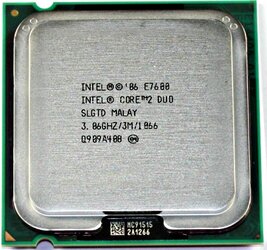
 )
)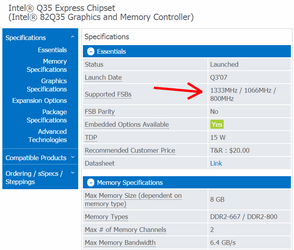
It varies depending upon which model of Core 2 Duo you get.might sound backwards but bet a 266/1066mhz fsb cpu, with the right cpu multi ark.intel.com and pad mod it for 333/1333mhz. that way you can get in the ball part of 3.6ghz but on stock voltage might be luck of the draw. im not sure how many cpus if any of the core 2's hit that high a cpu speed without some kind of increase to cpu voltage. the good news is that 266/1066mhz fsb cpus are some what cheap (i guess depending on where you live) so looking for a 266/1066mhz part might make more sense.
i will admit it looks like i missed a few of your other posts. in regards to the E7600 and going for 333mhz that would be higher then 3.6ghz and hitting that with no voltage increase is likely to not happen. i would suggest going with the E7400 with its 11x multi, so 11x333=3.66ghz. as the E7600 has a 11.5x multi, it may not sound like much but apply that to the 333mhz fsb and you wind up with 3.8ghz. now i have never seen a core 2 cpu hit 3.8ghz without a voltage increase. in most cases i have seen core 2 cpus hit 3.2-3.4ghz range with no increase in voltage. with out futher modding as in using the Vid-Pad mod the E7400 is the best shot though you are better off looking for the highest clocked E7x00 or E8x000 cpu and putting it in the board. as far as performance your not going to notice it with cpu speed being the same, while a higher fsb with the same speed is better. L2 size once past 2mb total doesnt offer any improvement that you would be able to notice in gaming or day to day use. Unless your doing heavy calcs like running the SuperPi 1m game, thats about the only area the more L2 will make a difference in performance.
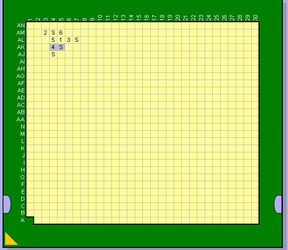
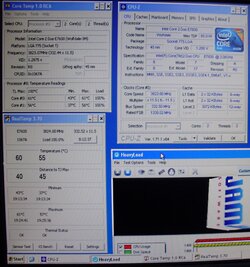
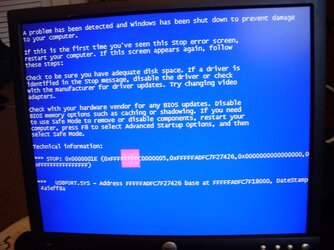
That BSOD code is usually a driver or memory error, and by seeing that big red artifact on your screen I'd be inclined to say driver.
If you're only on air cooling, I wouldn't go much past 1.4v
Try a different GPU driver. Might not be the driver at all. What's the GPU temp? Could be a bunch of different things.if it was some sort of driver error going on, would i have any options to resolve that or would that possibly be a dead end so to speak? i havnt mentioned that the pc i am using for this overclock is running windows xp 64bit.. but i wouldnt have a problem switching to windows xp 32bit if necessary (or possibly windows 7 as a last resort if i had to)